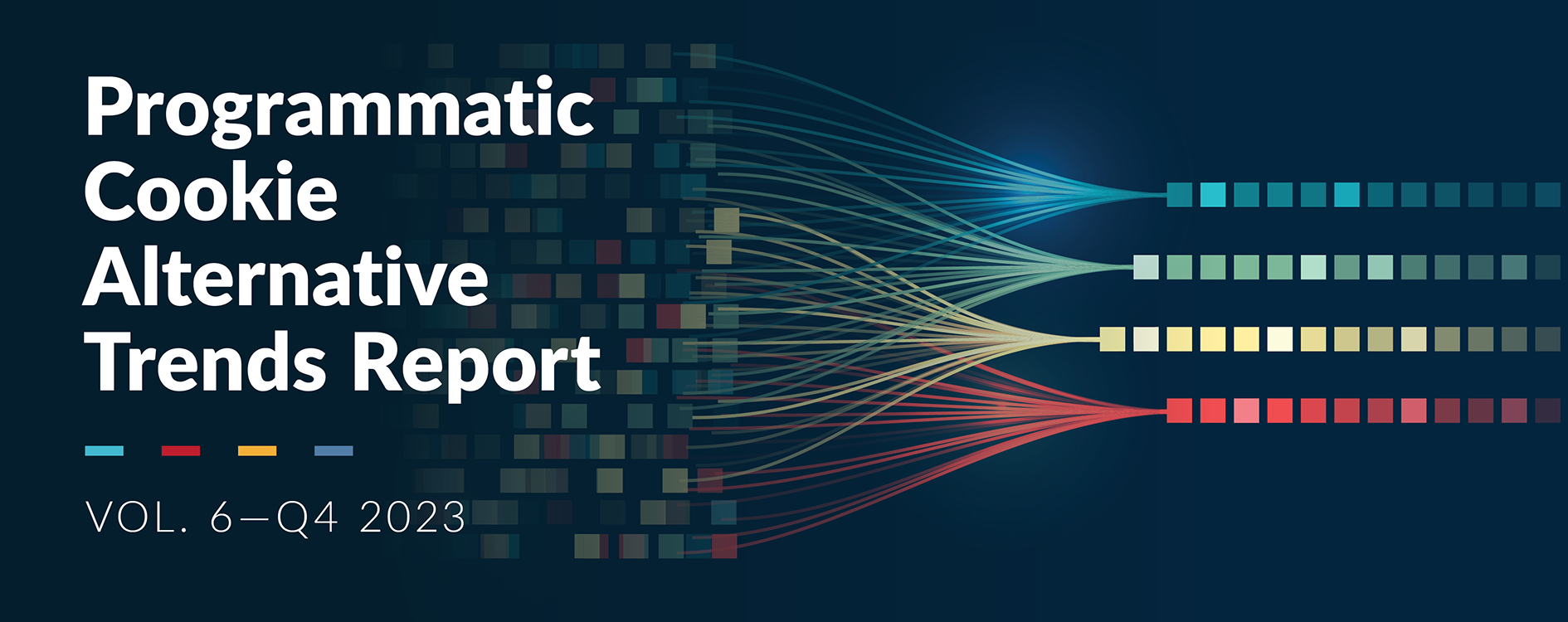There are approximately two million electric vehicles on the road in the US today, which account for less than 1% of the 250 million vehicles sold in the US.
And, yet, it’s increasingly difficult to pass a gas station on a major highway or interstate that has not allotted some space for electric vehicle charging stations. The real estate given to these charging stations might be utilized to make more money today, but it’s an investment for the future.
Why? Several key trends: climate change, peak oil, and 2050 net-zero goals all point to an eventual world without gas-powered vehicles. Sound familiar to a current infrastructure change in advertising?
For traffic kingpin Google, 10% of its Chrome traffic is already cookieless driven by user browser settings according to 33Across exchange insights. The infinitesimal amounts right now will be reduced by 1% in Q1 2024 as the search giant aims to get a clear view of what performance will look like in the new world and will continue to restrict until full depreciation in the second half of 2024.
Just as the government is pushing the energy companies to create a future of renewable energy, the browser companies that make Internet traffic happen have spurred innovation to maximize privacy and perhaps shore up their own strategies.
And, yet, today, the current marketplace predominately – almost exclusively – favors cookied traffic. Publishers and SSPs prefer it because cookied traffic often commands higher CPMs and fees, respectively than non-cookied traffic. DSPs favor it because it allows them to better understand who they’re targeting and retargeting and, therefore, measure campaigns and understand performance.
And the traffic shaping algorithms, which are monomaniacally focused on the high-value traffic of today, push almost all bids to cookied traffic.
Algorithms that prioritize short-term efficiency, targeting, and monetization are oriented toward eliminating underperforming inventory before it’s sent to intermediaries.
A charitable look at this current state brings to mind several fairy tales about what happens when you don’t prepare for the future. Today, far too much traffic outside of third-party cookies, even if aided by solutions like alternative identifiers, is excluded from the biddable environment. Algorithms theoretically let through some cookieless traffic, but, if the end game is optimization, it’s never going to open up enough until they have no other choice.
Publishers are obviously feeling under the gun because the cookied ground under which many built their business is shifting. Many may not even realize that a sizable portion of their inventory never reaches the DSPs and those who are aware of the issue are not pleased that half of their inventory gets devalued just because the user is browsing on Safari.
In reality, if you dig a little deeper, the cookieless approach is high quality, high performing, and full of valuable insights. Here’s why it should make the traffic shaping cut:
1. Demand-side: There’s less competition and higher win rates
Marketers who embrace the flow of cookieless traffic today reap the early mover gains while the rest of the world focuses on the soon-to-be dormant approach.
2. New Users: Safari features highly desirable audiences and less fraud
Safari users are accessing the Internet through Apple phones, tablets, or computers, all demonstrating they’re likely professionals with disposable income; in other words, a pretty high-value target audience. That’s one-billion people globally that you can target if you focus on the cookieless users as well as the cookied.
3. Experiment With Scales Truth Set: Test, learn and adapt while cookies can still provide an active baseline
We’re all careening towards a cookieless future, and the organizations that embrace reality and spend time experimenting will reap the benefits when cookies finally disappear. Knowing how cookieless performs now will set you up for better campaigns in the future.
4. Supply: A real advantage today
Those who focus on cookieless traffic now can earn higher CPMs until there’s an increase in competition.
SSPs tell you the shaping algorithm will eventually do its job and the pendulum will swing and we’ll make more cars come in. But if we’re not overriding the traffic shaping algorithm a bit, to manufacture more use of cookieless traffic now, we’re going to be starting from near- zero when cookied traffic goes away (and it clearly will).
Negating cookieless traffic right now is a mistake. It won’t give us a true indicator of what will happen once third-party cookies expire. We’re sacrificing the learnings now, which is necessary for better performance in the future. While the entire advertising industry must learn to love the cookieless future, not everyone is seeing the signs on the road. But any organization can take that first step and see what the future holds.
This original article was originally featured on AdExchanger.
By: Paul Bell | President at 33Across








